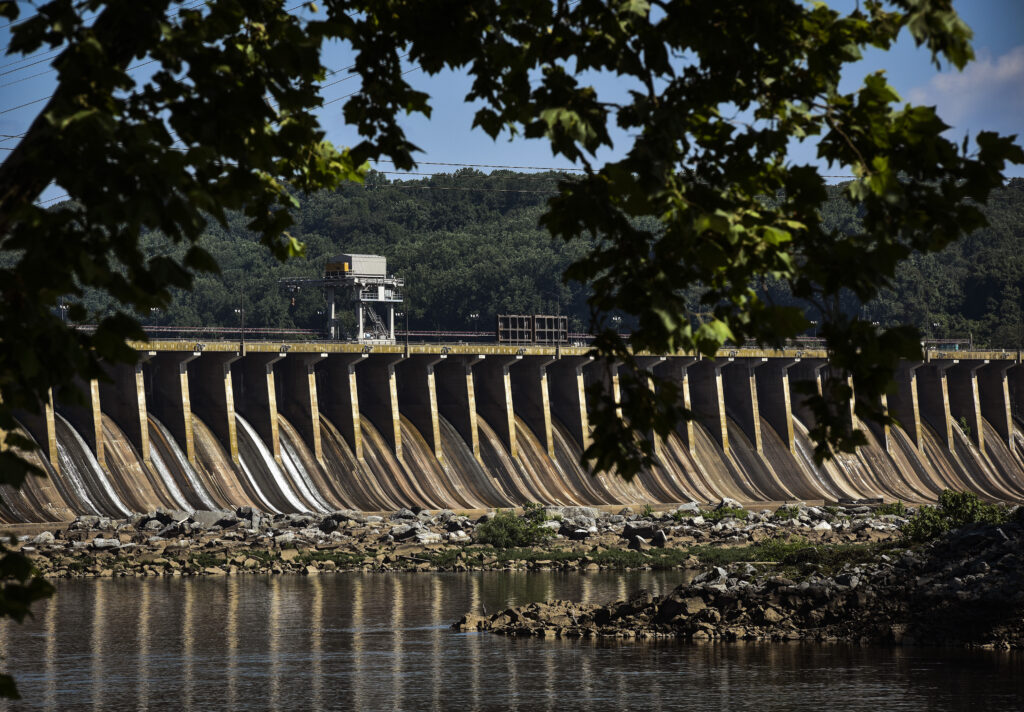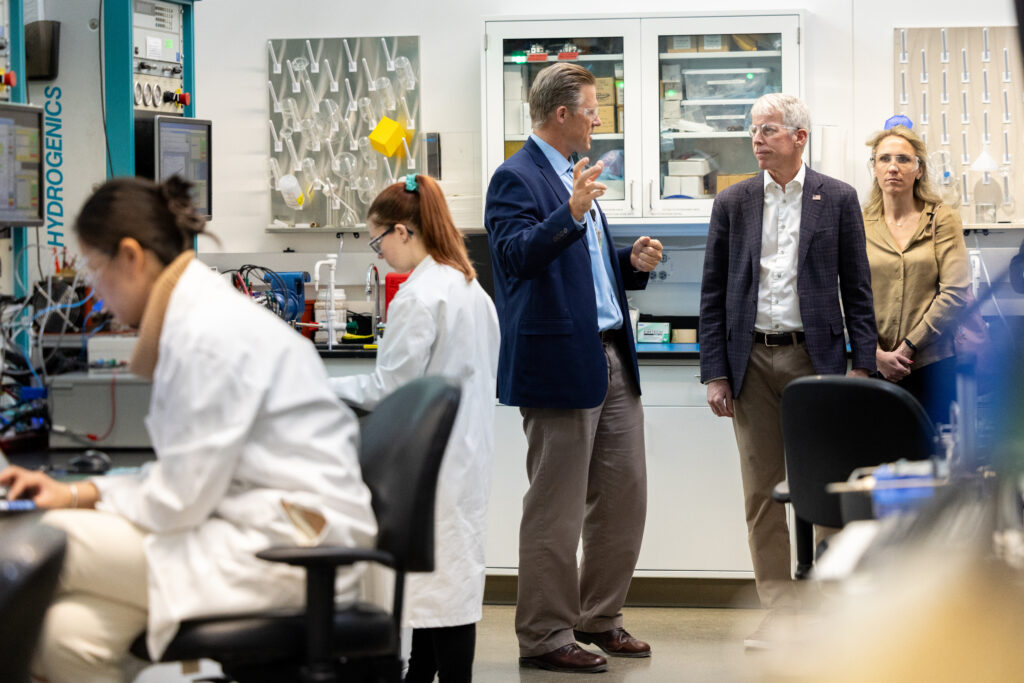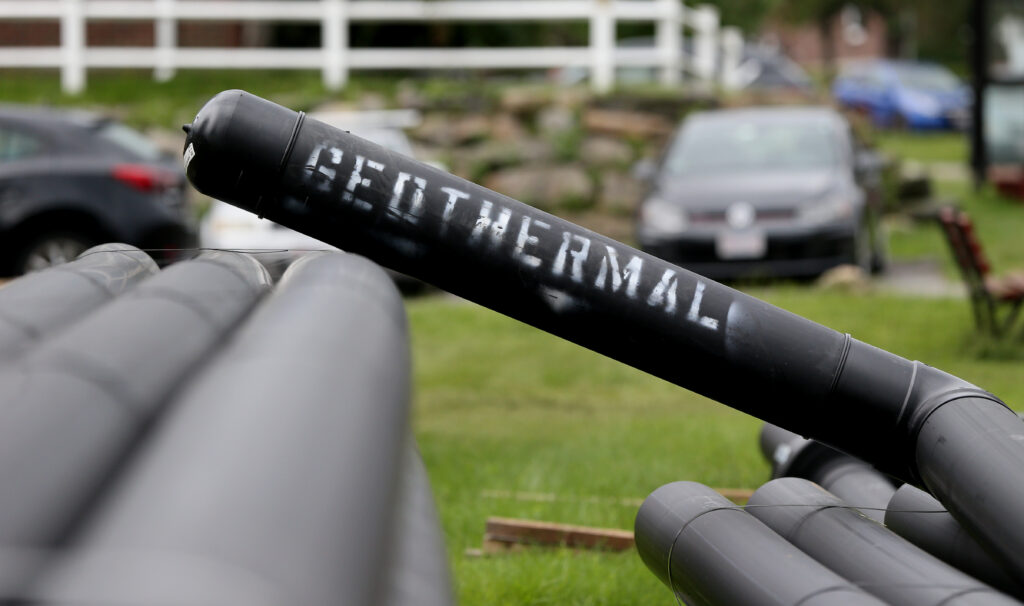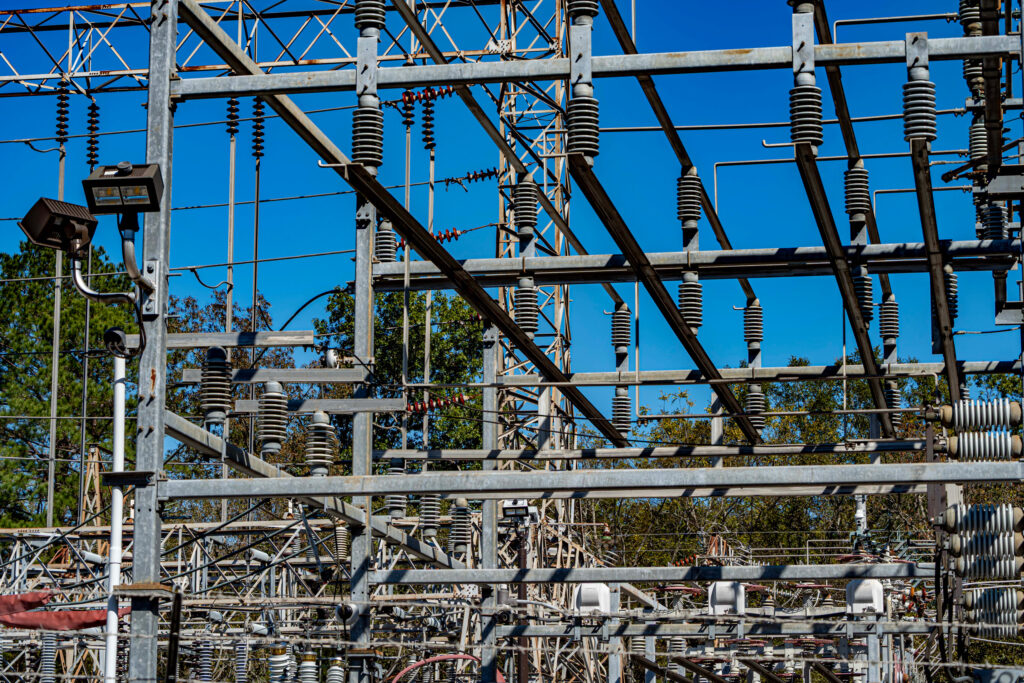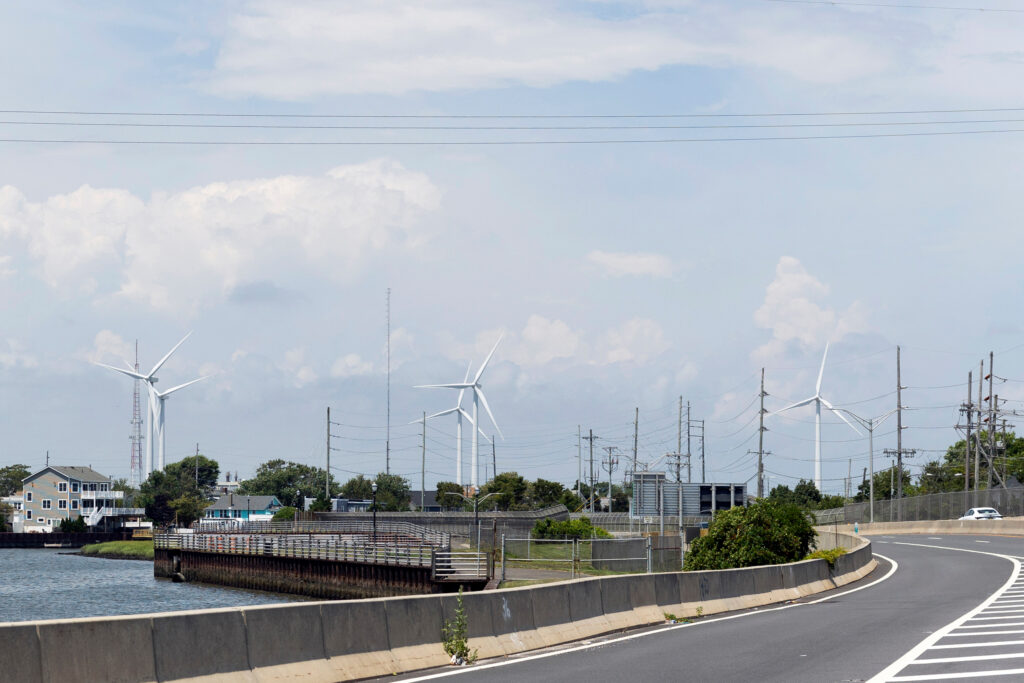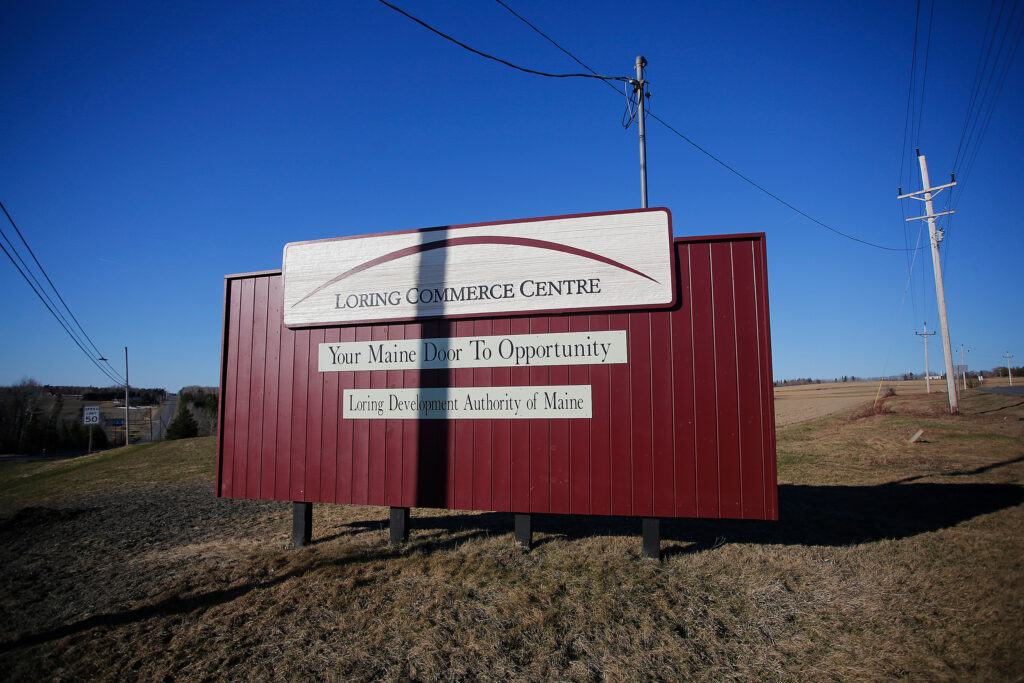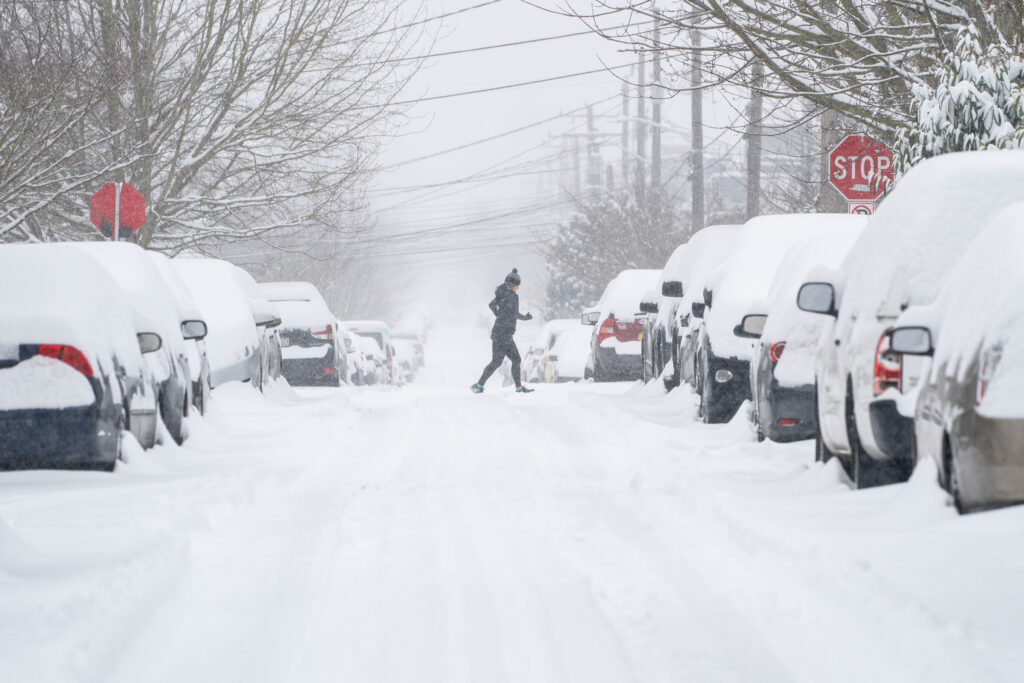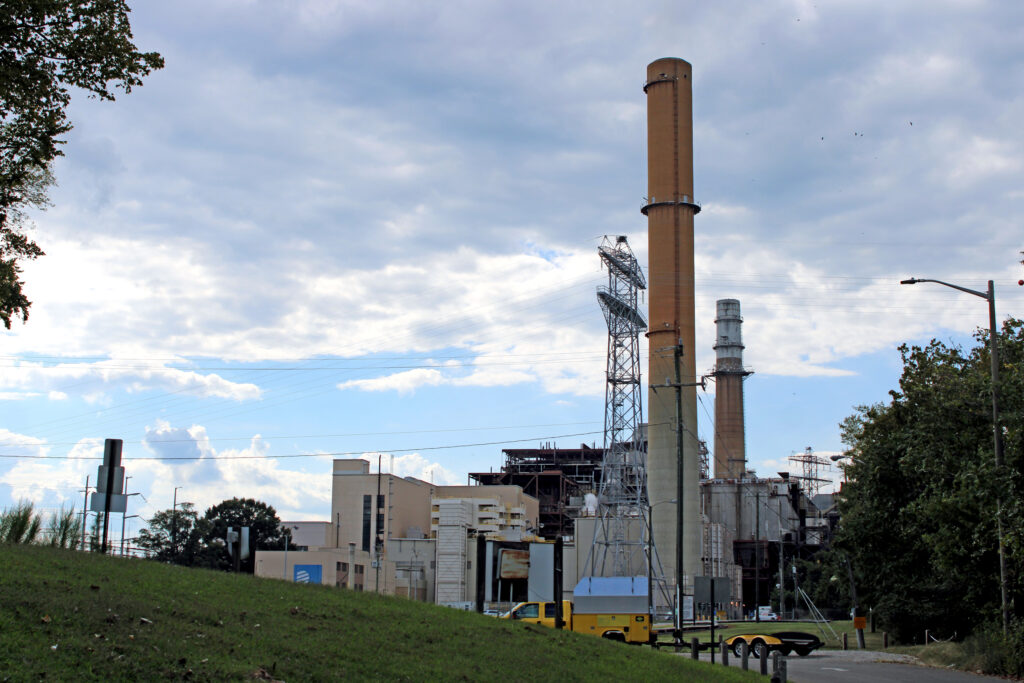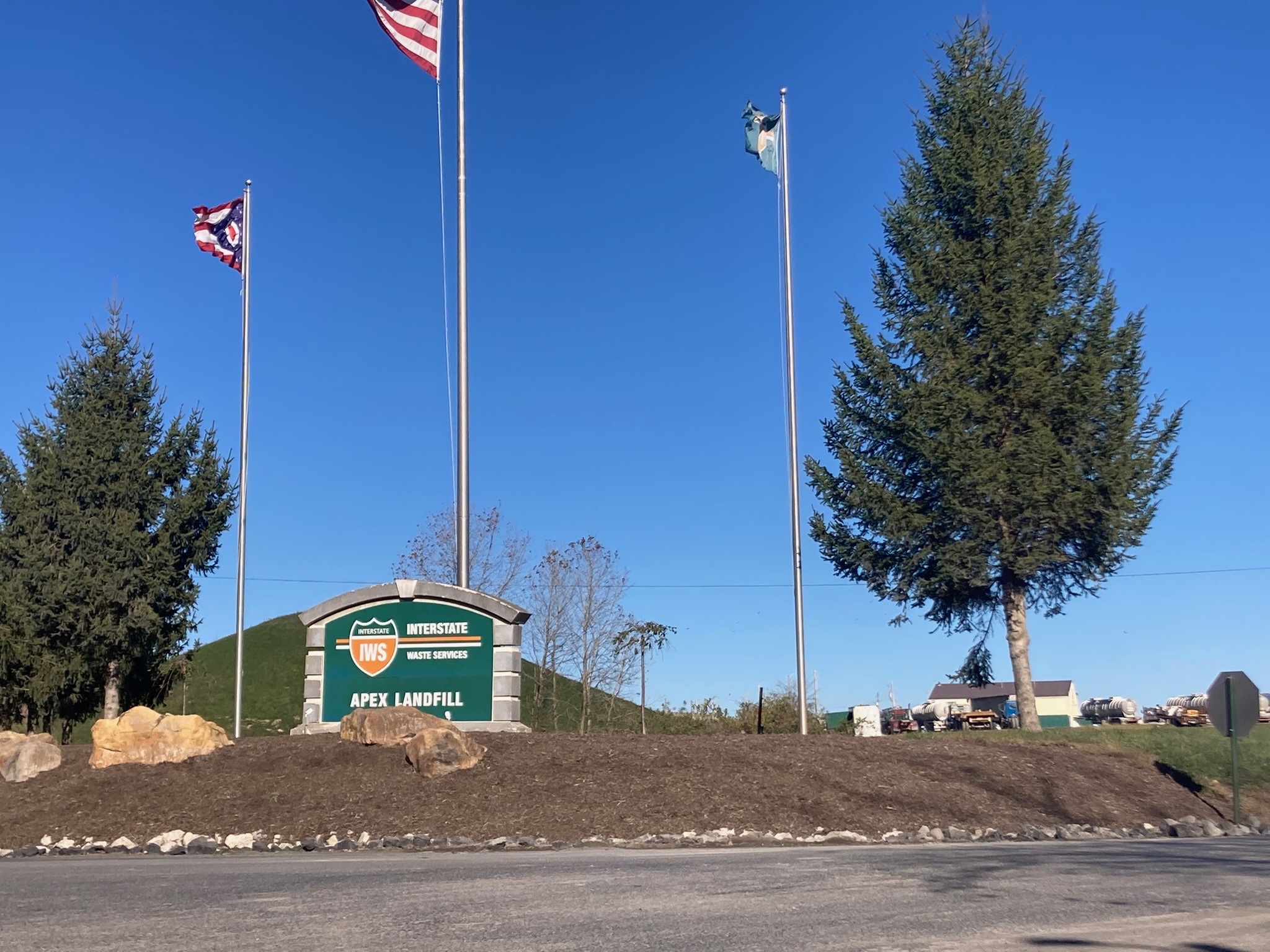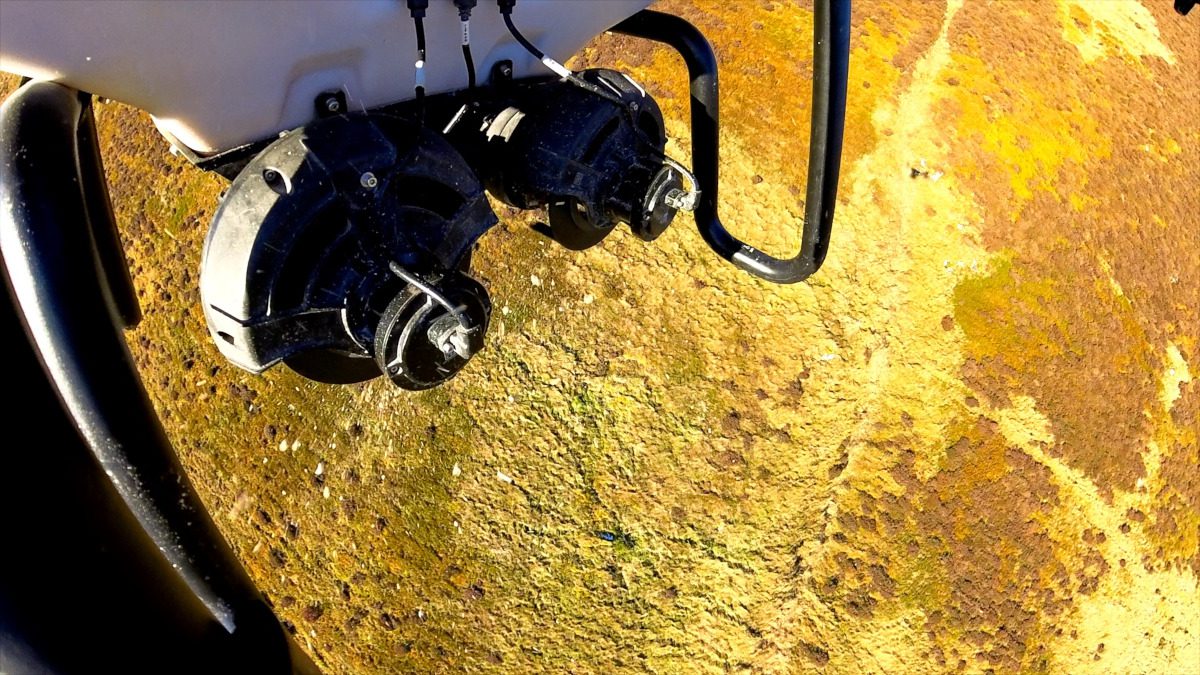Maryland this month finalized a $340 million deal with Constellation Energy to relicense the Conowingo Dam in Cecil County, ending years of litigation and regulatory uncertainty. The agreement restores the state’s authority to enforce water quality standards under the Clean Water Act and sets a possible precedent for dozens of hydroelectric relicensing cases nationwide expected in coming years.
The deal includes direct and associated investments in habitat restoration, trash and debris removal, aquatic life passage and other environmental priorities.
The Maryland Department of the Environment (MDE) will have oversight of the agreement, with input from two advocacy groups—Waterkeepers Chesapeake and the Lower Susquehanna Riverkeeper Association—who challenged and helped overturn an earlier settlement they argued was legally and environmentally deficient.
The revised settlement reasserts a 2018 Water Quality Certification that Maryland had previously waived in its 2019 deal with Exelon, the dam’s previous operator. That waiver prompted the advocacy groups to file a legal challenge, leading to a 2023 federal appeals court ruling that tossed the license granted by the Federal Energy Regulatory Commission (FERC). The new agreement binds Constellation, the dam’s current operator, to terms enforceable by both state and federal regulators.
Gov. Wes Moore hailed the agreement as a major step for environmental protection and energy security.
“The Chesapeake Bay is the keystone to Maryland’s prosperity,” Moore said in a statement. “This agreement will lead to real improvements in water quality in the biggest tributary of the Chesapeake Bay, while securing the future of one of our state’s largest clean energy producers. By bringing everyone to the table, we have struck an agreement that is good for the environment, good for energy production, and good for Marylanders.”
Environmental advocates also celebrated the deal as precedent-setting.
“This agreement shows what can be accomplished with the Clean Water Act as it is,” said Evan Isaacson, senior attorney with the Chesapeake Legal Alliance, who represented the environmental groups in the case. “Constellation and all parties are legally bound by the terms of the settlement.”
The Conowingo Dam, located on the Susquehanna River, the Bay’s biggest tributary, has long been a thorny issue in Bay restoration efforts. For more than a decade, advocates maintained that the dam’s reservoir, intended to trap sediment and nutrients flowing downstream, was filled with silt that reduced its effectiveness. During large storm events, massive pollution loads from the reservoir escaped into the Bay, exacerbating reduced oxygen or “dead” zones and upending cleanup goals.
Under the new settlement, Constellation has committed to spending $340 million over the 50-year license term, with restoration efforts focused on areas within Maryland’s side of the Lower Susquehanna watershed. Of the total committed sum, $87.6 million will go to pollution reduction and resiliency projects, including shoreline restoration and planting of underwater grasses that produce oxygen, stabilize sediments and provide habitat for countless species.
Another $77.8 million is allocated for removing trash and debris, while $28 million will go to improving fish and eel passage at the dam. A freshwater mussel hatchery, aimed at natural water filtration, will receive $23.3 million. The settlement also includes funding for invasive species control and other restoration priorities.
Just $18.7 million is designated for dredging studies and related activities. Environmentalists and scientists remain split on whether dredging is the right solution. Studies by the U.S. Army Corps of Engineers and the state of Maryland have found dredging to be expensive—costing billions of dollars over decades—and potentially disruptive to aquatic life.
Still, groups like the Lower Susquehanna Riverkeeper argue that without some removal of the built-up sediment, the dam will remain a significant source of Bay pollution.
In written comments to Inside Climate News, Lower Susquehanna Riverkeeper Ted Evgeniadis said his organization’s appeal of the 2019 license centered on its failure to address the sediment buildup behind the dam. “The dam alters the timing and delivery of sediment and nutrients to the river and Bay by scour events,” Evgeniadis said. “Providing a pathway for dredging was one of our top priorities.”
He described the 2025 agreement as a durable framework with meaningful oversight provisions, particularly in early implementation years. His organization will participate in annual consultations on how the mitigation fund is used, including around dredging. Evgeniadis noted that future federal funding may be needed to cover the costs of actual dredging if it proceeds.
“The agreement provides Maryland with funding to get many different projects done,” he said. “For dredging particularly, there will be a need for future support from the Maryland delegation and/or federal government for funding gaps to get the initial upfront investments going.”
Evgeniadis said his benchmarks for the agreement’s success include expanded biodiversity, increased migratory fish passage and fewer sediment runoff events from the dam, all of which could reduce the frequency and severity of dead zones in the Bay.
But some experts are skeptical that dredging will significantly change the trajectory of Bay cleanup efforts.
Donald Boesch, a leading estuarine scientist and former president of the University of Maryland Center for Environmental Science, said the data simply doesn’t support it.
Boesch pointed to the Chesapeake Bay Program’s Total Maximum Daily Load (TMDL) goals, the pollution diet for the Bay. He noted that 34 million pounds of nitrogen and 1.7 million pounds of phosphorus still need to be reduced from the Susquehanna to meet those targets. By contrast, the estimated impact of sediment buildup behind the dam adds 6 million pounds of nitrogen and 0.3 million pounds of phosphorus to that load.
“Upstream controls are a seven-times bigger challenge,” Boesch said. “The $88 million water-quality portion of the agreement should strive to achieve these offsetting load reductions.”
He said that multiple studies, including those by the Army Corps, have concluded dredging the Conowingo reservoir would be extremely costly and of limited effectiveness. “The agreement includes a further assessment of feasibility and effectiveness, not large-scale dredging per se,” Boesch said.
Despite this long-running disagreement, advocates and experts agreed that the settlement’s most significant feature is the reassertion of Maryland’s authority under Section 401 of the federal Clean Water Act. The clause allows states to place conditions on federally licensed projects to ensure compliance with state water quality standards.
Isaacson, of the Chesapeake Legal Alliance, said the 2019 settlement fell short in part because it attempted to retroactively waive this authority. “The previous attempt to waive the 2018 certification was found to be invalid by a federal appellate court,” he said, implying that the previous settlement left no enforceable mechanism to get the dam owner to fulfill its obligations.
The new agreement, he said, gives Maryland the tools to hold Constellation accountable. “They know MDE, FERC, the Waterkeepers, elected officials and the public are watching, and they know what they publicly committed to,” Isaacson said.
Waterkeepers Chesapeake and the Lower Susquehanna Riverkeeper Association now have a formal role in monitoring compliance, including input on project priorities funded by the settlement. Constellation, which took over dam operations from Exelon in early 2022, is required to maintain a website for public disclosure of non-confidential documents submitted to MDE, while the agency itself will keep a separate webpage dedicated to the dam’s licensing.
Robin Broder, acting executive director of Waterkeepers Chesapeake, said the revised settlement is a major step forward and emphasized the importance of launching restoration projects early. “Many of the payments are frontloaded so projects can be launched early in the license’s term so we begin to see restoration and improvements of fisheries, habitats and water quality as soon as possible,” she said.
Broder said that while the settlement doesn’t impose binding requirements on upstream states like Pennsylvania and New York, where the majority of the Susquehanna’s nutrient pollution originates, it includes a commitment to advocate for stronger conditions in future relicensing of upstream dams such as Holtwood and Safe Harbor.
This story is funded by readers like you.
Our nonprofit newsroom provides award-winning climate coverage free of charge and advertising. We rely on donations from readers like you to keep going. Please donate now to support our work.
Donate Now
The Chesapeake Bay Foundation, which was not a party to the settlement but joined legal challenges to the 2019 waiver, also welcomed the new agreement. Paul Smail, the foundation’s vice president for litigation and general counsel, said the revised deal offers stronger environmental commitments and accountability.
“The biggest difference is that the Waterkeepers were not at the negotiation table in 2019,” Smail said. “In this current 2025 agreement, there is more funding available for environmental mitigation projects.”
Smail said Constellation should be held responsible for maintaining sediment levels in the dam’s pool, but stressed that upstream pollution reductions are just as important. “The dam affects how and when sediment and nutrients, particularly phosphorus during sediment scouring events, are released into Chesapeake Bay,” he said. “However, it’s also critical that upstream sources of the sediment and nutrient pollution must be reduced.”
He said the public should expect to see clear deliverables over the first five years, especially on restoration and resiliency projects in the Maryland portion of the watershed. “The actions of the Waterkeepers on behalf of the public, and ongoing citizen enforcement, have been and will continue to be key to accountability,” Smail said.
All parties seem to agree that the Conowingo agreement will serve as a model for how states and citizen groups can shape federal relicensing decisions. Isaacson said the deal sets a precedent in its use of the Clean Water Act to address emerging challenges like sediment scouring due to more frequent extreme storms.
“There will be a lot of major hydroelectric projects coming up for relicensing in the coming years and many of them may share similar issues,” he said. “We secured a major victory here, but there’s no doubt it took a lot of persistence.”
About This Story
Perhaps you noticed: This story, like all the news we publish, is free to read. That’s because Inside Climate News is a 501c3 nonprofit organization. We do not charge a subscription fee, lock our news behind a paywall, or clutter our website with ads. We make our news on climate and the environment freely available to you and anyone who wants it.
That’s not all. We also share our news for free with scores of other media organizations around the country. Many of them can’t afford to do environmental journalism of their own. We’ve built bureaus from coast to coast to report local stories, collaborate with local newsrooms and co-publish articles so that this vital work is shared as widely as possible.
Two of us launched ICN in 2007. Six years later we earned a Pulitzer Prize for National Reporting, and now we run the oldest and largest dedicated climate newsroom in the nation. We tell the story in all its complexity. We hold polluters accountable. We expose environmental injustice. We debunk misinformation. We scrutinize solutions and inspire action.
Donations from readers like you fund every aspect of what we do. If you don’t already, will you support our ongoing work, our reporting on the biggest crisis facing our planet, and help us reach even more readers in more places?
Please take a moment to make a tax-deductible donation. Every one of them makes a difference.
Thank you,



